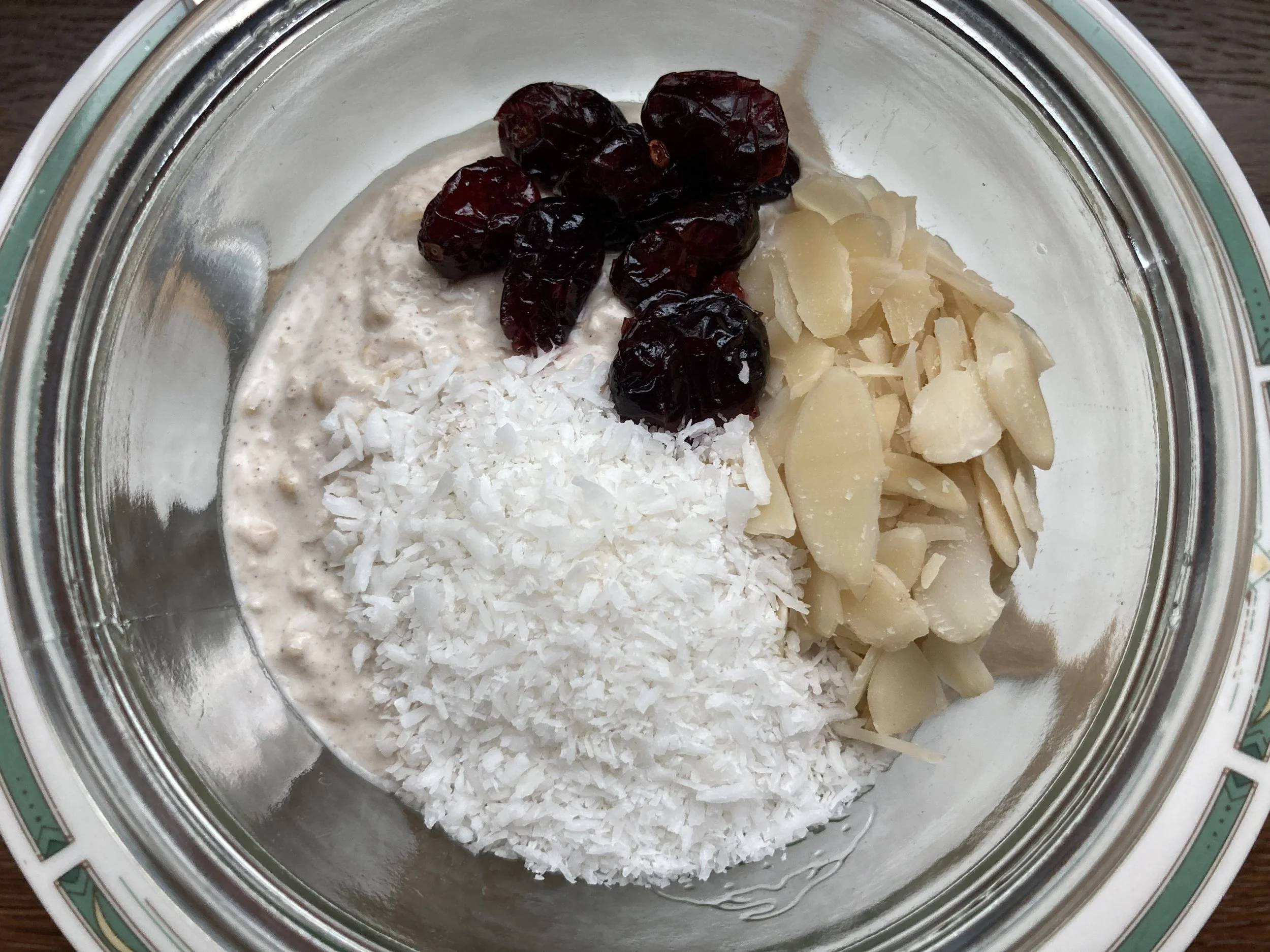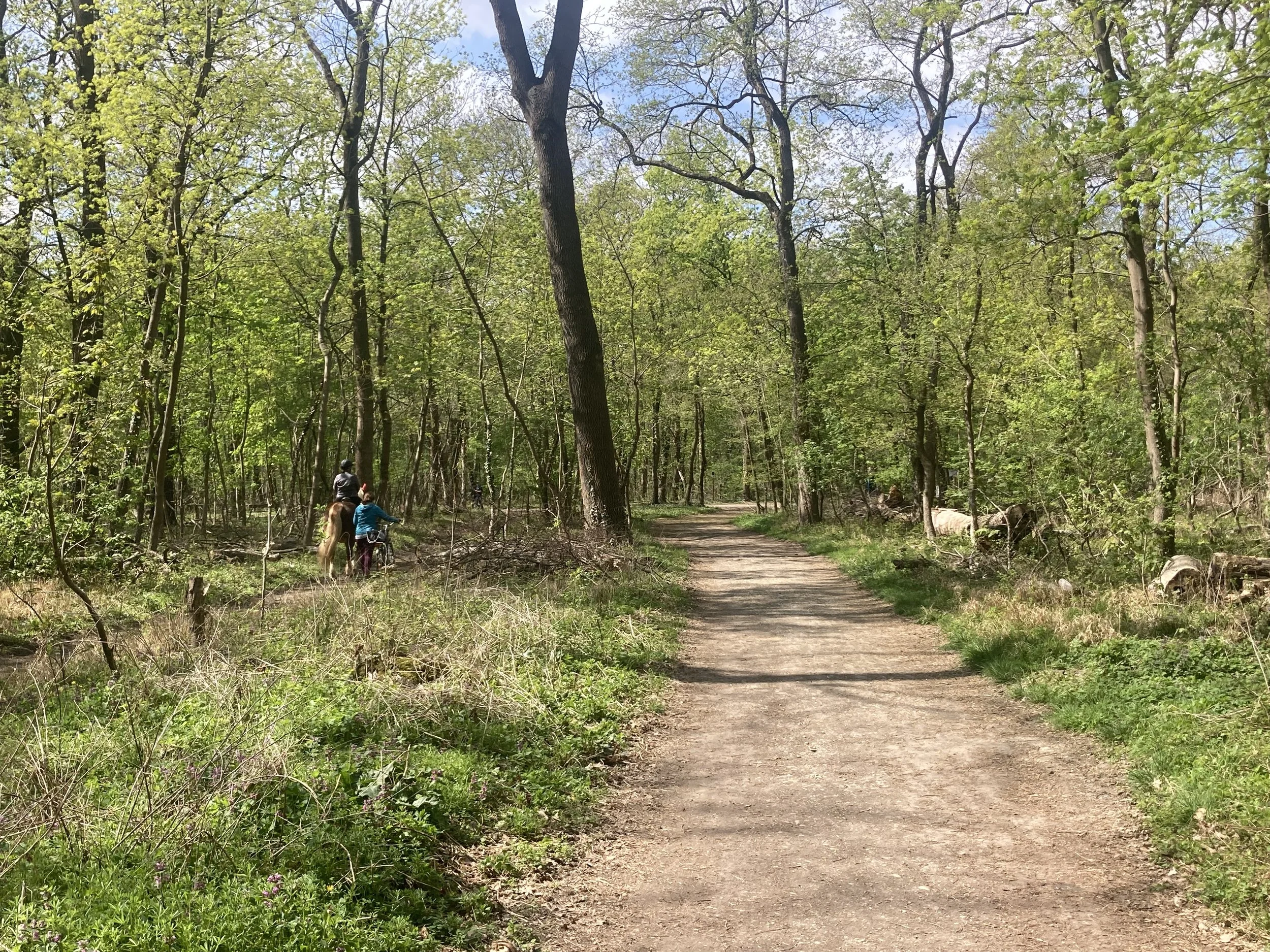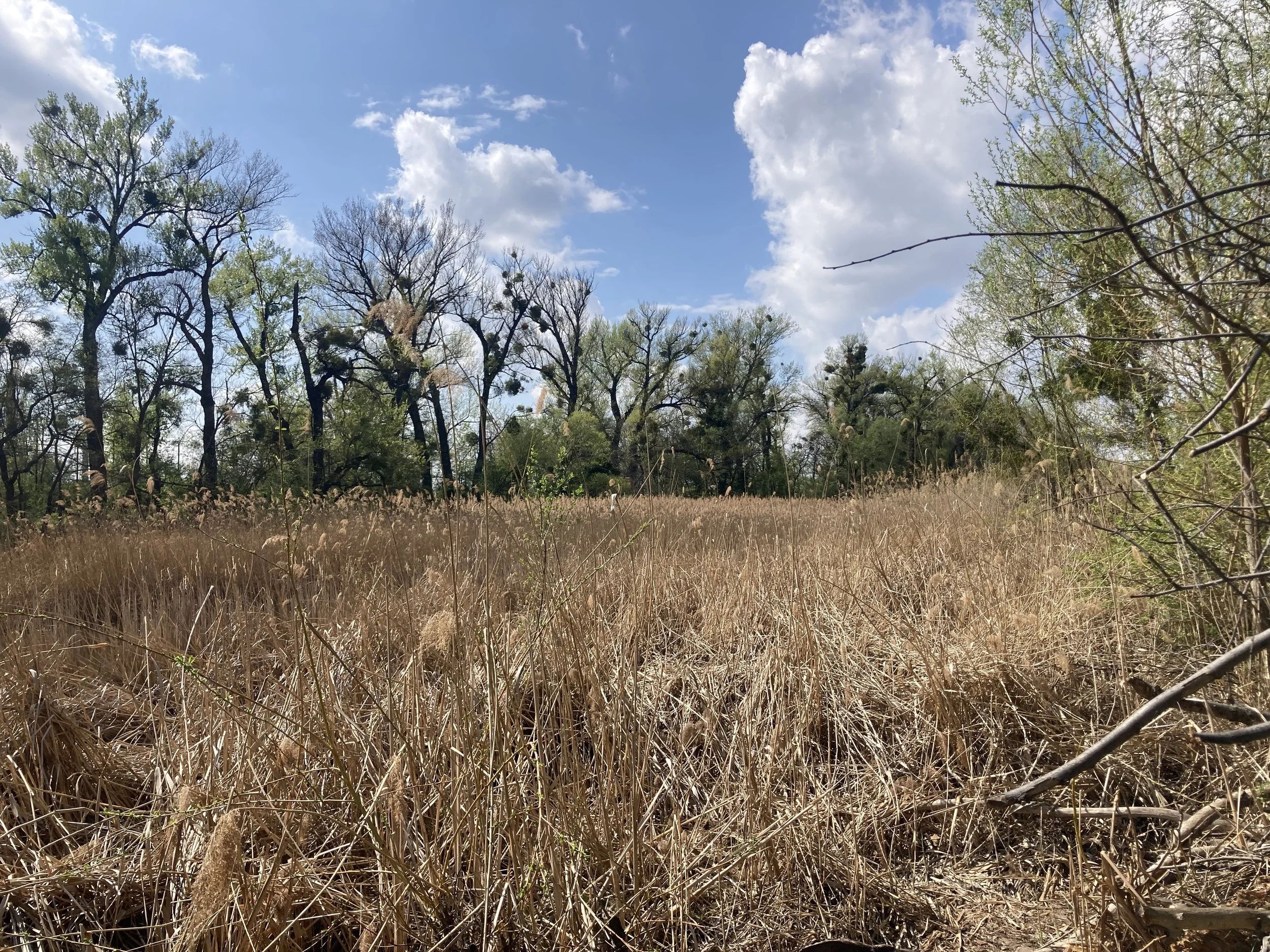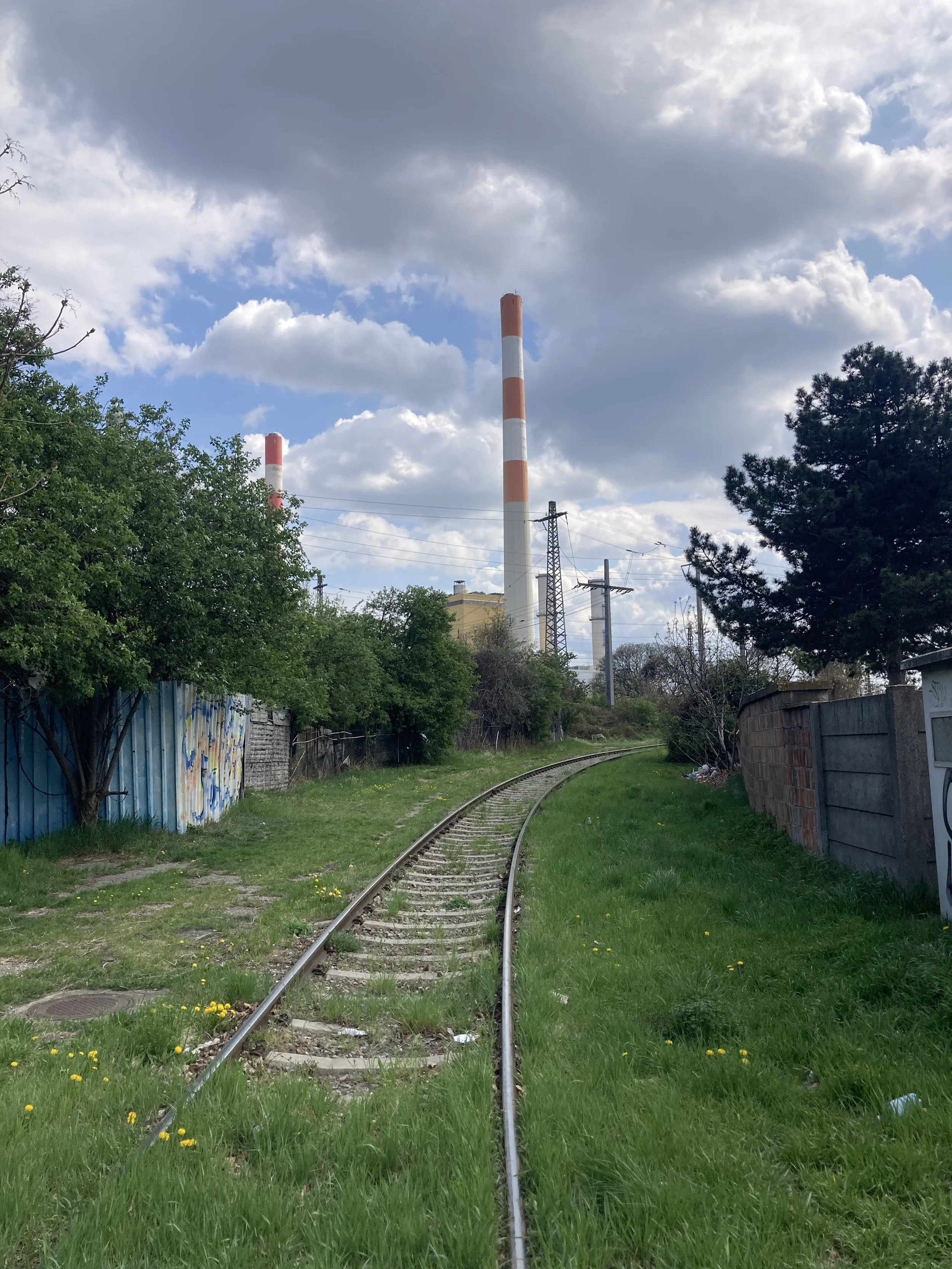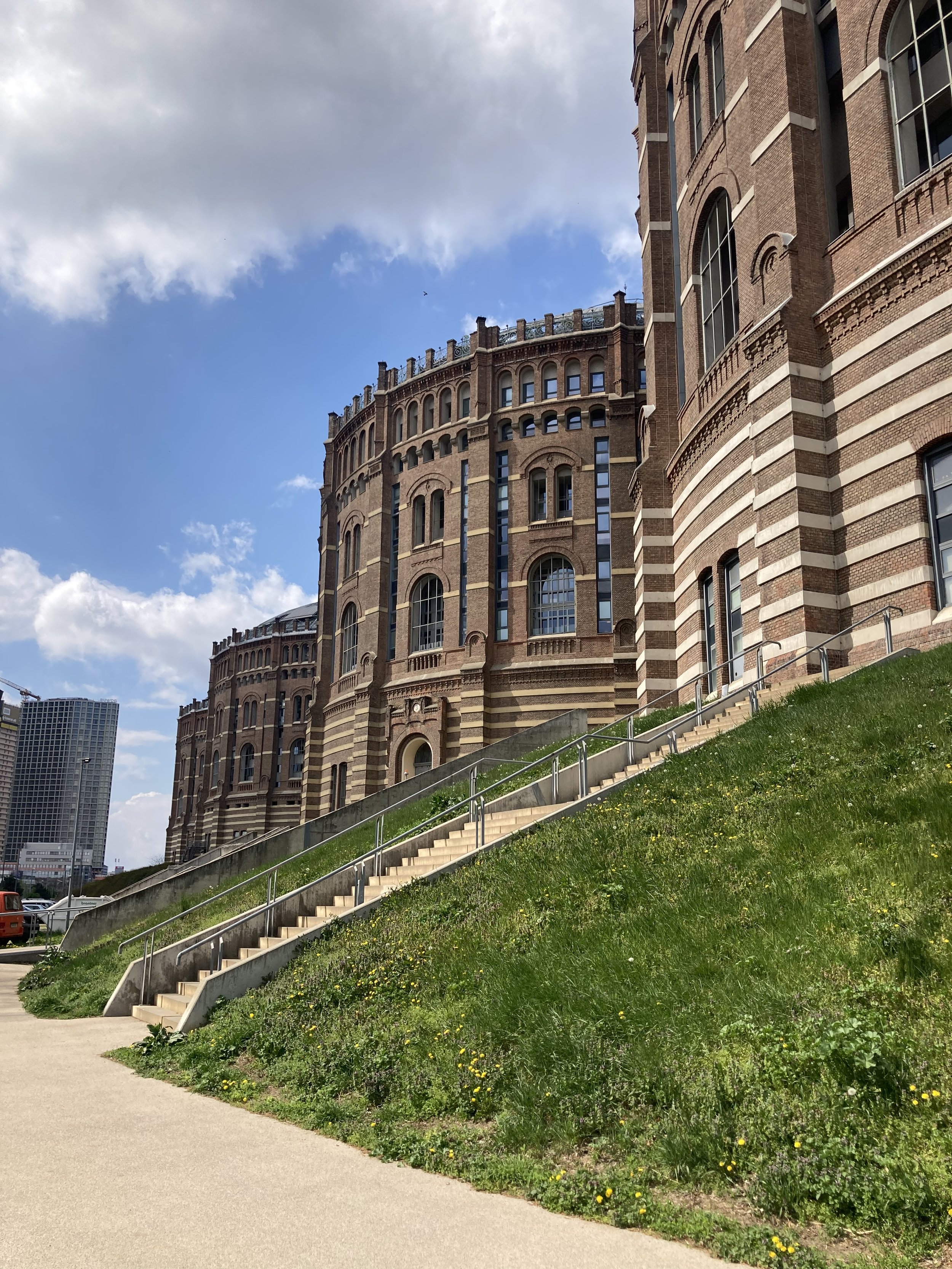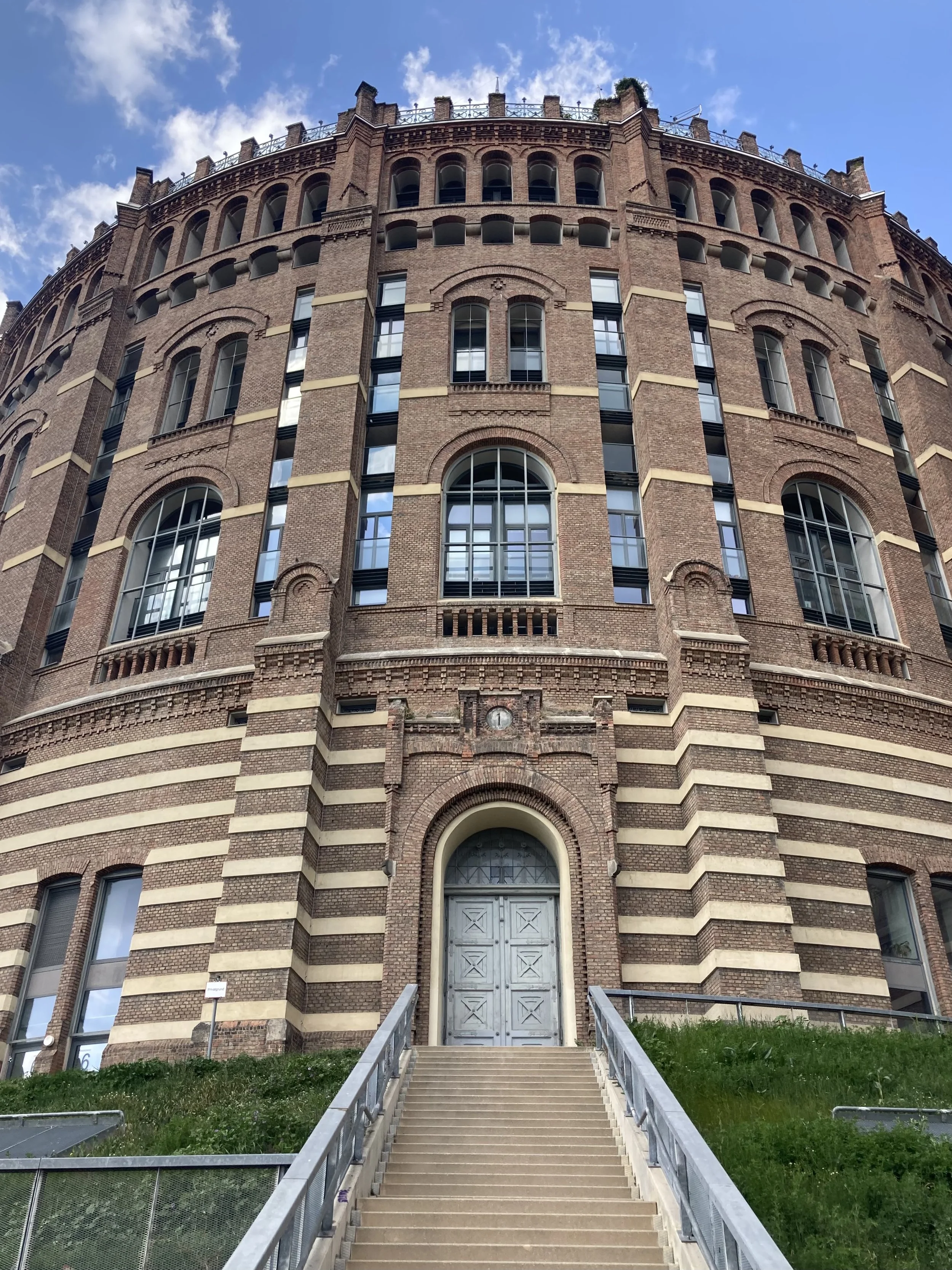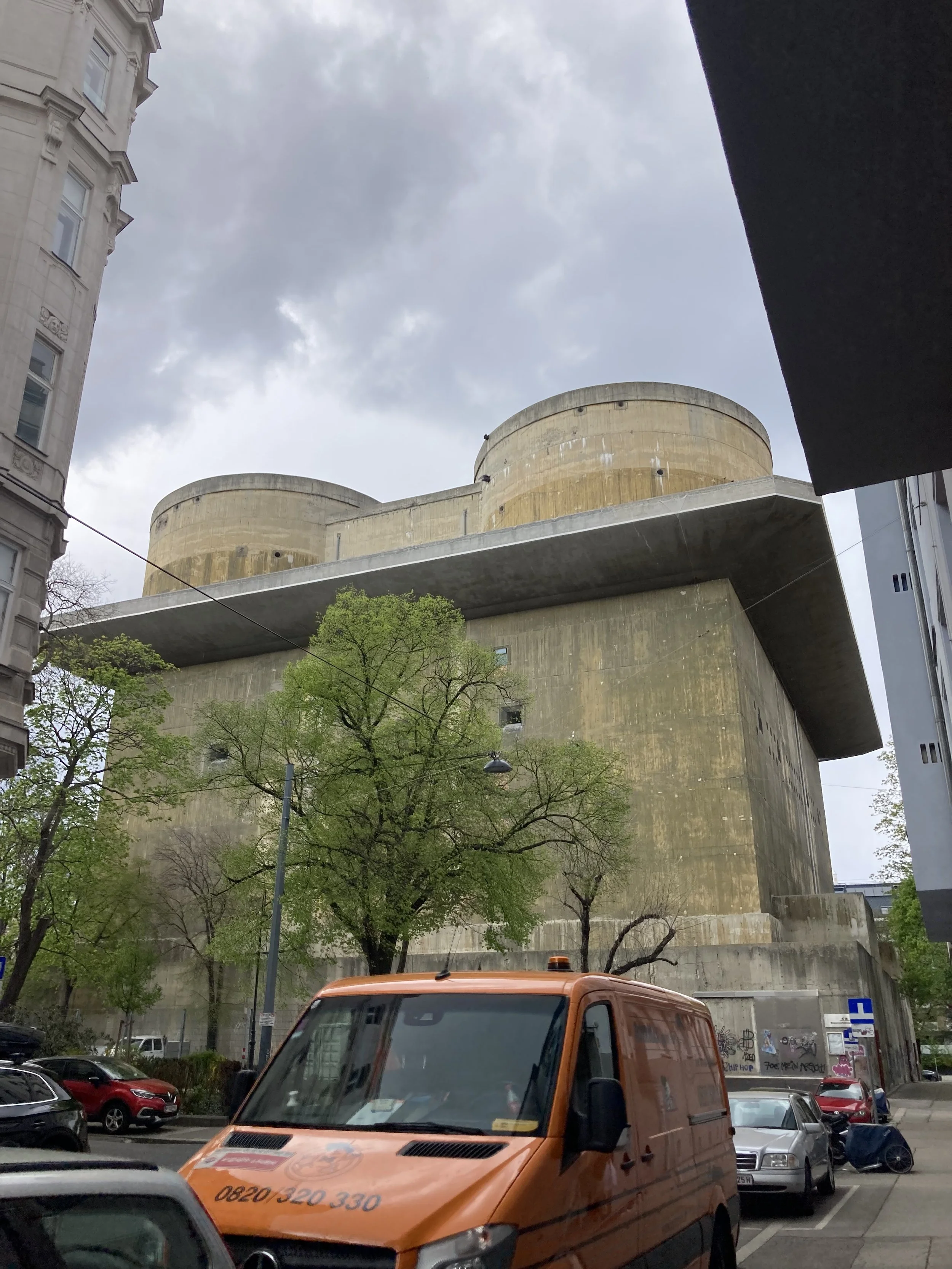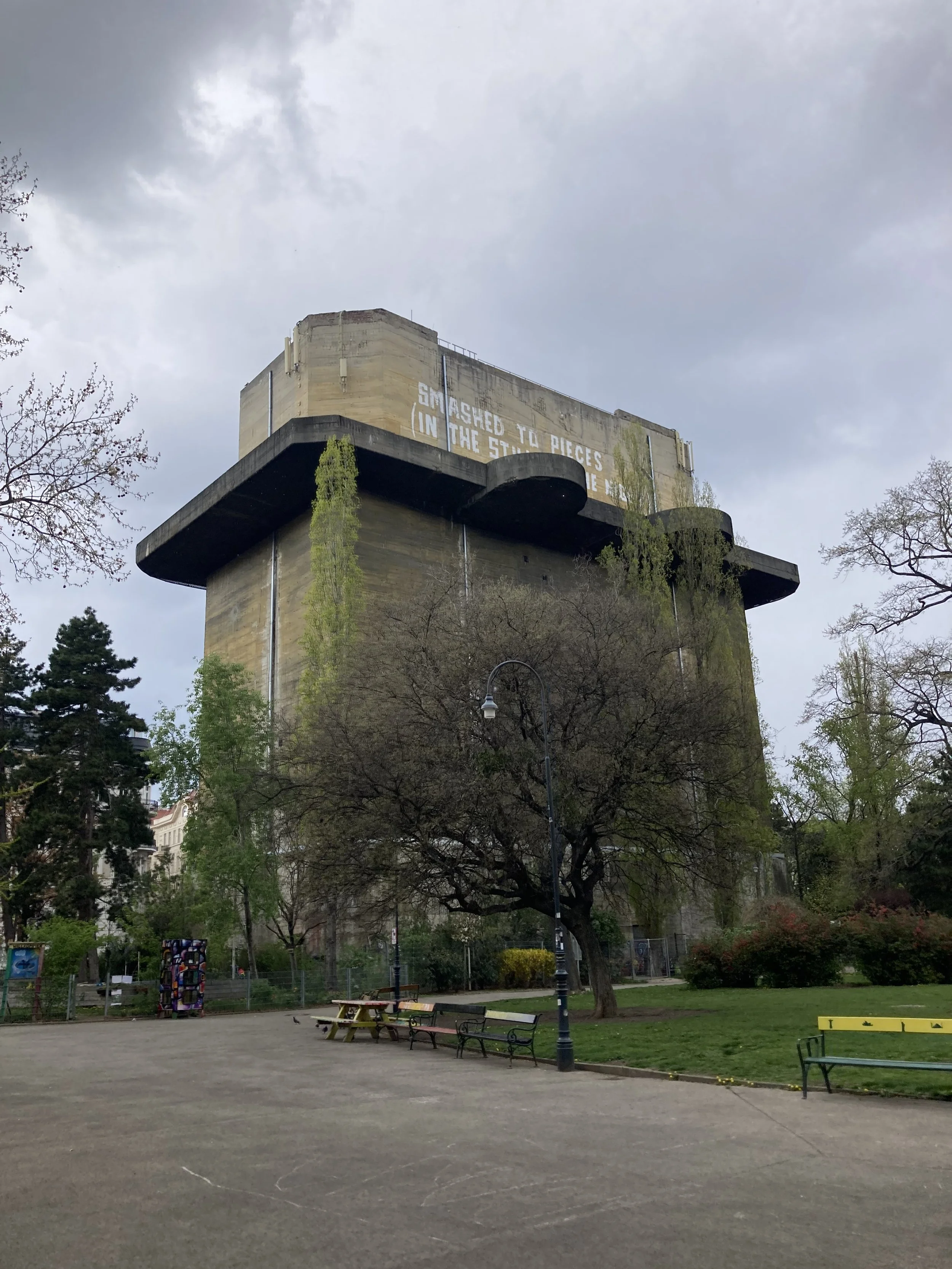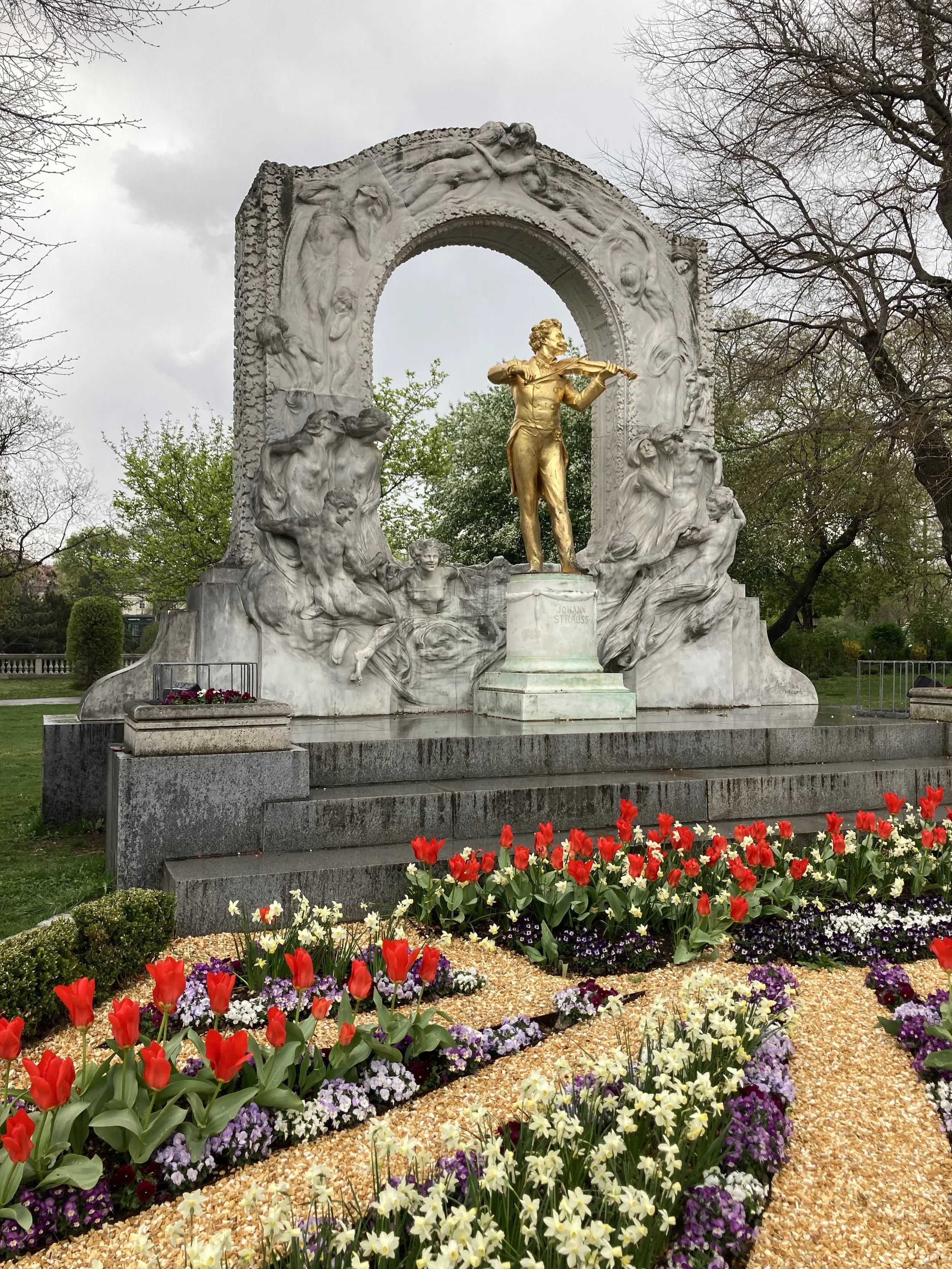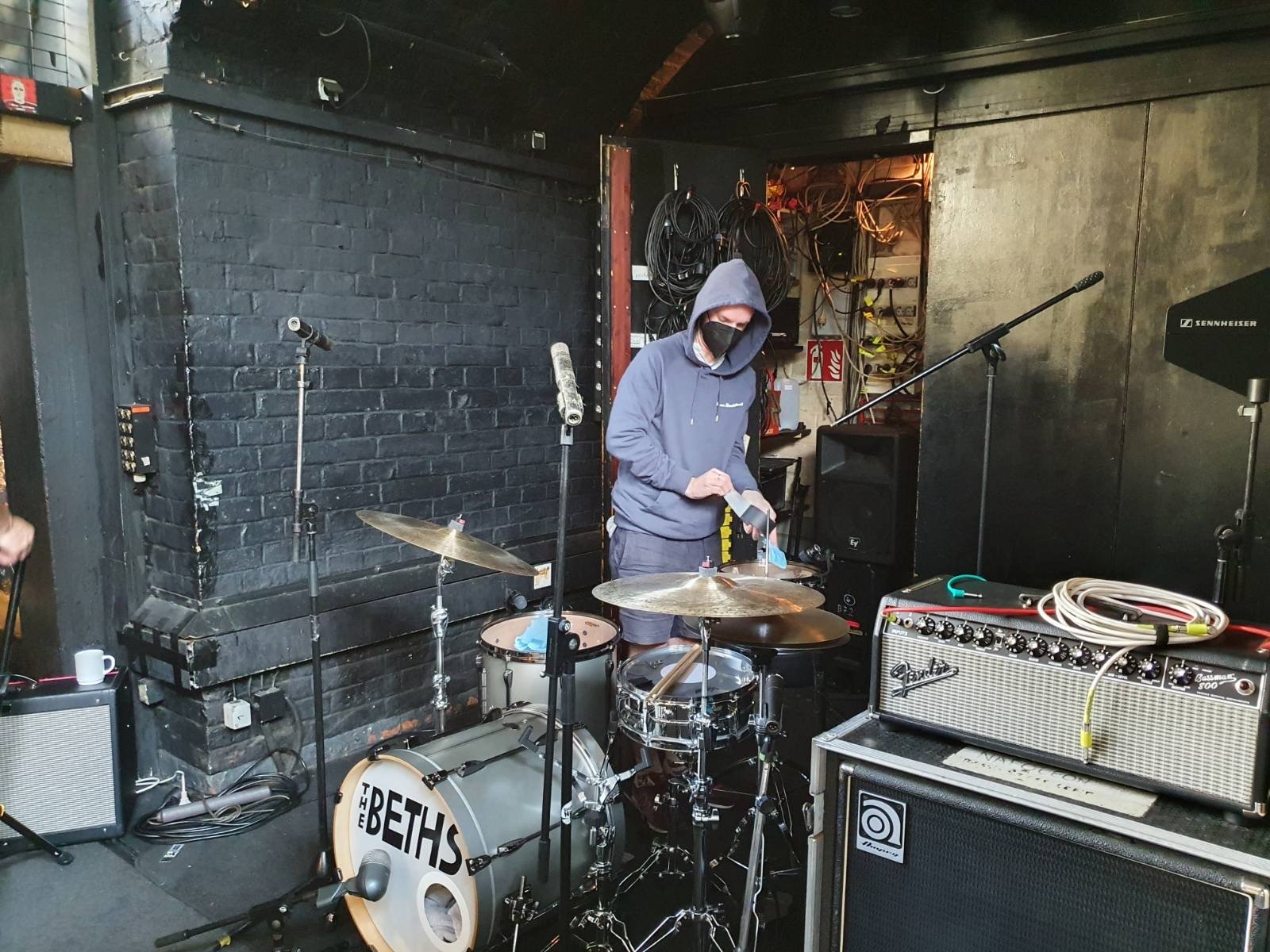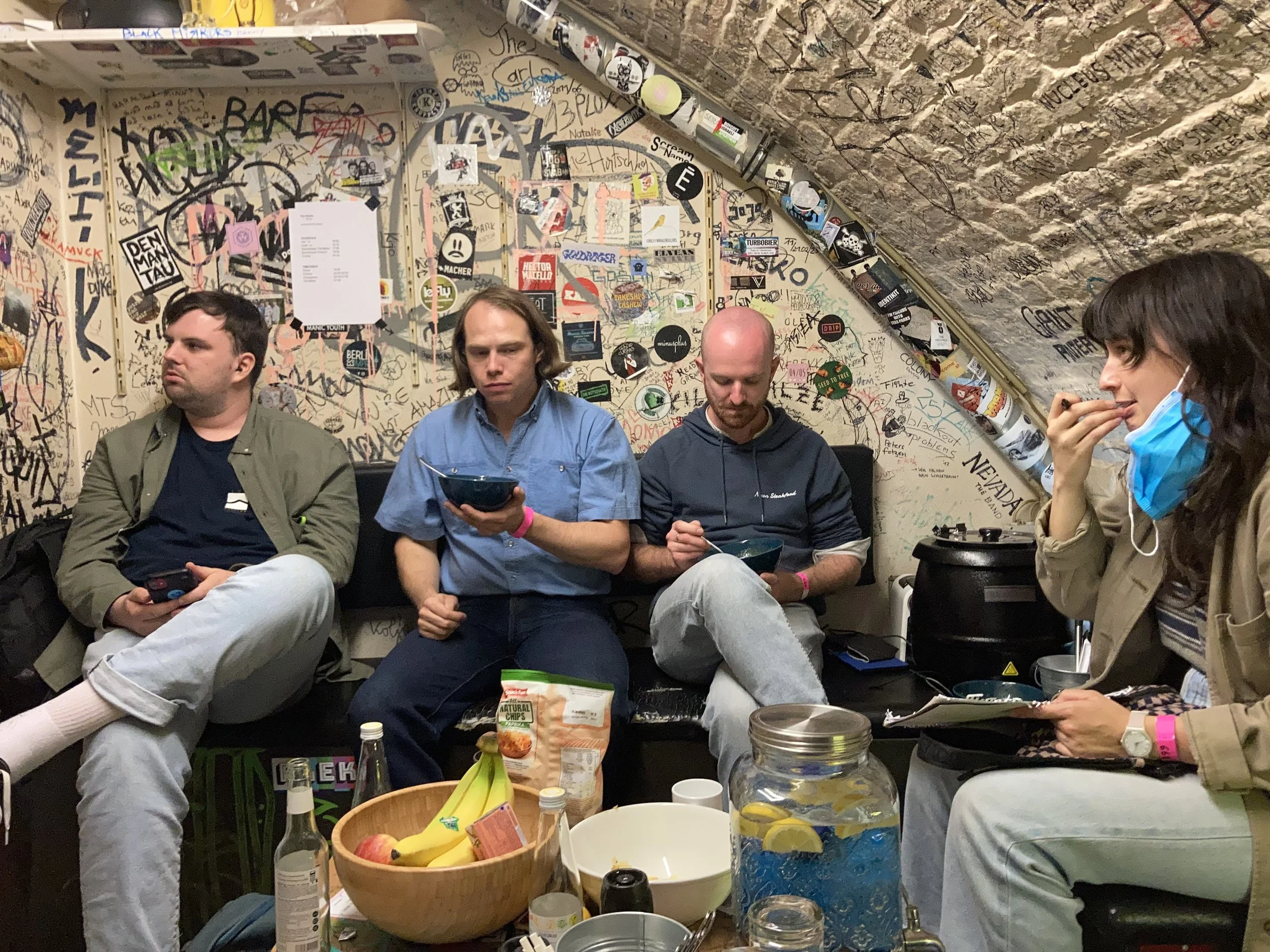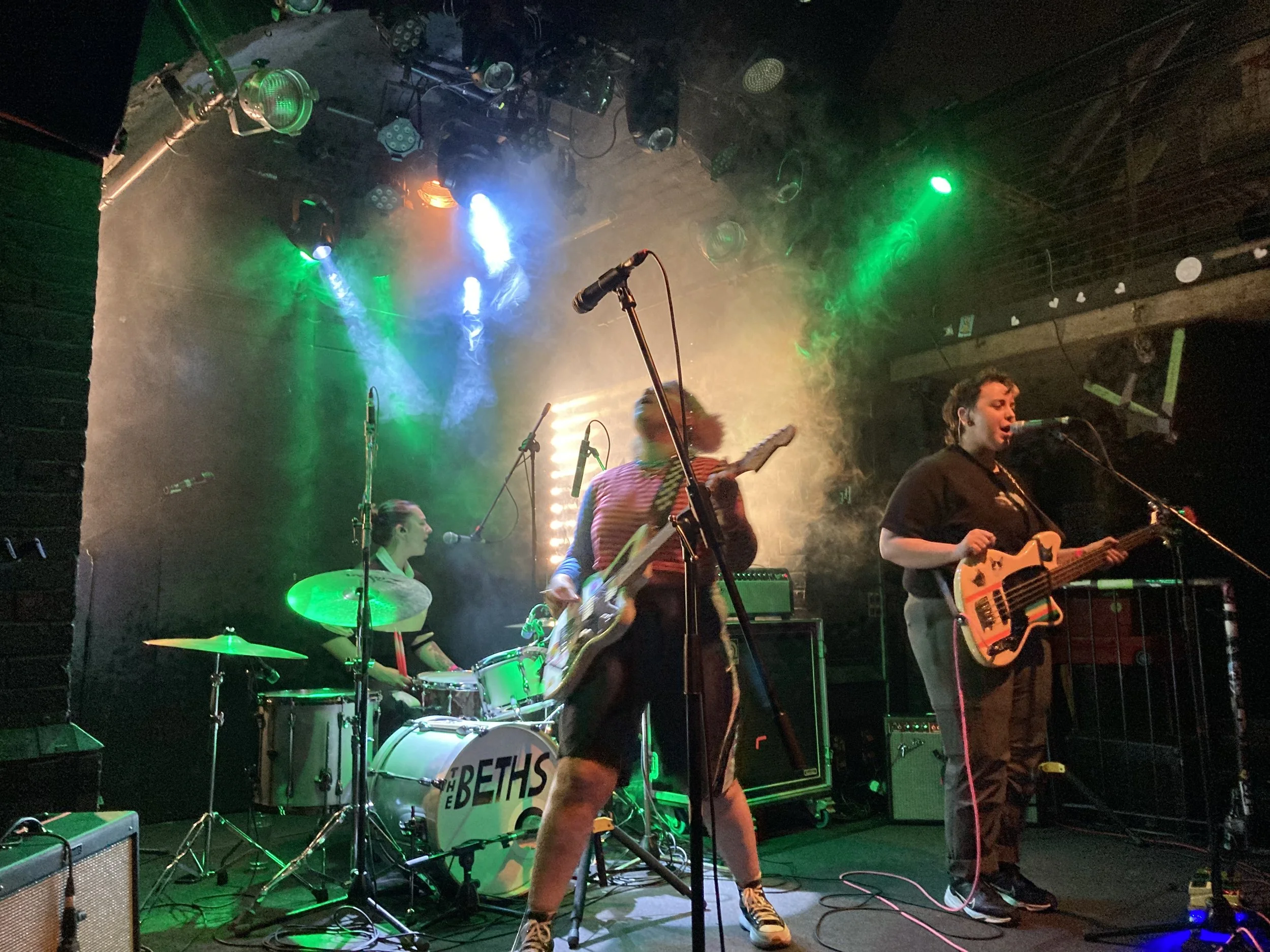Day 16: Vienna
Welcome
Yesterday we had a sightseeing day in Vienna and played a show underneath a railway bridge.
My first notable action of the day was to visit the hotel café and eat a breakfast of overnight oats with dried cranberries, almonds, and desecrated coconut.
While Tristan chose the bicycle as his mode of transport and set out on Vienna’s comprehensive cycle-lane network, I decided to walk and started with an exploration of the Prater, the large park located in between the Danube and the city centre. The land was originally an imperial hunting ground and accessible only to the aristocracy until 1766 when Emperor Joseph II donated the area to the Viennese public as a place of leisure. The area quickly became a favourite spot for city dwellers to relax, although hunting did continue in the park until 1920.
Some of the hundreds of trails which crisscross the Prate which find use with walkers, runners, cyclists, and even horse riders.
A perfect hiding spot for some juicy game birds.
When I came to the end of the park I walked north for a kilometre so I could gaze upon the Danube and the fine railway bridge that spans it’s girth, connecting the districts of Leopoldstadt and Donaustadt. Ostbahnbrücke is a steel cantilever design that was completed in 1932. It was blown up by retreating German units during the Battle for Vienna but unlike most of the other bridges in the area it was able to be repaired. At 380 metres it is the longest existing Danube bridge in Vienna, as well as the oldest.
Heading through the Simmering district en-route to the Gasometers.
My next stop was the famous Vienna Gasometers, four large red-brick gasholder houses built between 1896-1899. They are each 70m tall and 60m in diameter and when operational contained a cylindrical telescopic gas holder with a volume of about 90,000 m³, seated in a water basin. Originally the gas was used only for street lamps but in 1910 it was introduced for cooking and heating in private homes, a function that was maintained until the changeover from town gas to natural gas in the 1970s.
Finally, I walked back towards the city until I came upon an impressive and imposing landmark, Flakturm VIII, located in Arenburg Park. These towers are 57m wide and 42m high and were built with concrete walls up to 3.5m thick so they would be invulnerable to Allied bombers. When they were active during the later stages of the second world war they would have been bristling with as many as sixty anti-aircraft guns of various calibres making them a formidable threat to the allied bombing formations. After the war many of these flak towers remained standing and because of their massively sturdy construction demolition was considered unfeasible.
The iconic Johann Strauß statue.
Finally, I made it to B72, our venue that situated inside the arch of an early 20th century railway bridge. While this meant that we became intimately familiar with exactly how regular Vienna’s train services are, the room was nice to play in and featured a small alcove for the drums, and a mezzanine floor situated above the stage. We were well taken care of by the promoters and the Viennese audience were quite charming. As far as first shows in a new country go, this one scored highly.
Tristan setting up inside the drum alcove.
Mood in the green room appears to be a bit flat but is in fact very positive.
Ready to leave at the end of the night, a quick photo with the promoters Nico and Flo.
